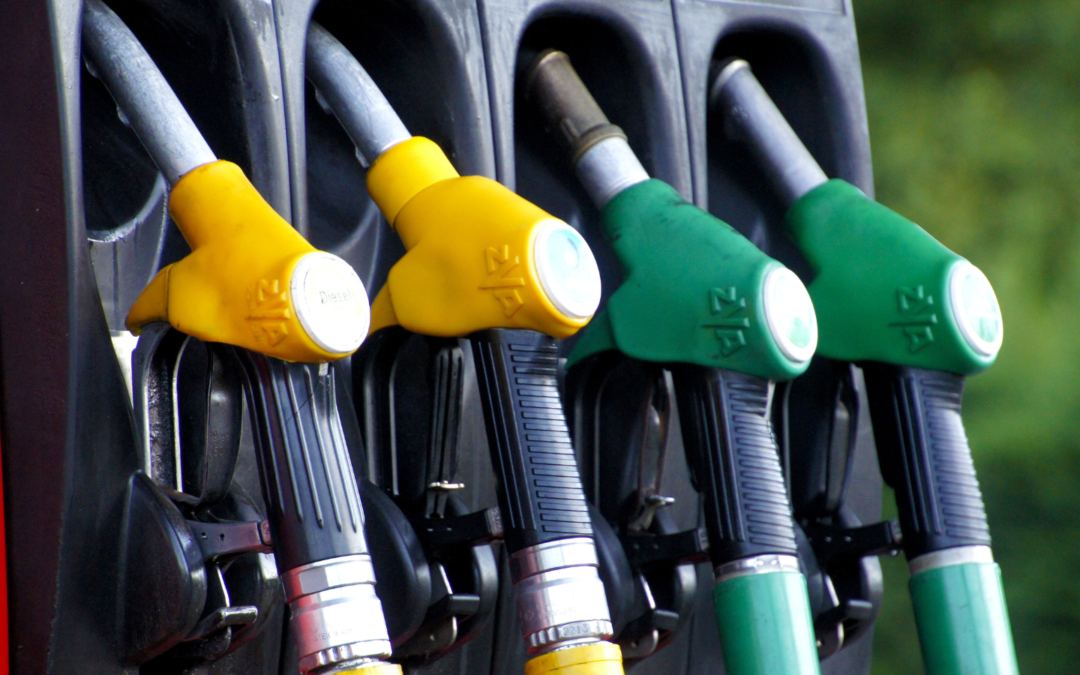
HMRC has just announced the latest company car advisory mileage rates. But how do they compare with the volatile (and eye-wateringly high) price of fuel?
At the end of August, HMRC released its quarterly advisory mileage rates for reimbursing employees using company cars for business travel. Currently, those rates are as follows:
| Engine size | Petrol | Diesel | LPG |
| Up to 1400cc | 15p | 14p | 9p |
| 1401 – 2000cc | 18p | 17p | 11p |
| Over 2000cc | 27p | 22p | 17p |
Rates are designed to adapt to the changing cost of fuel. In March 2020, for example, with fuel at a pandemic-induced low, the rates for petrol cars were 12p, 14p and 20p depending on engine size.
According to the RAC, the price of petrol in March 2020 was, on average 119.86. Today it’s 168.36, roughly a 41% increase. So it’s interesting to see how the rates have adjusted.
No car’s allowance matches the percentage increase in fuel costs.
Cars with the smallest engine size enjoyed just a 25% increase on 2020 rates in the latest figures. The largest engines fared best, but even these are well below the real terms increase in the cost of fuel (with an increase of 35%). It’s a similar story for diesel and LPG.
Advisory fuel rates not obligatory
In fairness, these rates are only advisory. Employers can choose to pay a higher or lower amount, although companies paying higher rates will be required to show that their fuel cost per mile is also higher.
Where does HMRC get its figures from?
As government guidance notes, “The mean miles per gallon (MPG) is taken from manufacturers’ information, taking into account annual sales to businesses (Fleet Audits average 2019 to 2021).”
Yet there’s no escaping the fact that the rate isn’t keeping pace with the cost of fuel itself. It’s a similar story for mileage allowance payments (MAPs), paid where employees’ private vehicles are used for business purposes.
As Fleet News reported earlier this year, the increasing cost of fuel meant mileage reimbursement figures were becoming out of date within days of issue. Fuel costs have dropped a little compared to their level earlier in the year – and they’re certainly not rising at the rate they were a few months back. Yet whether companies ask their people to drive company cars or personal vehicles for business purposes, it seems that, although the fuel allowances staff can claim have increased, they simply haven’t increased enough.
For help in managing fuel allowances, company cars and every other element of your payroll, talk to us.

